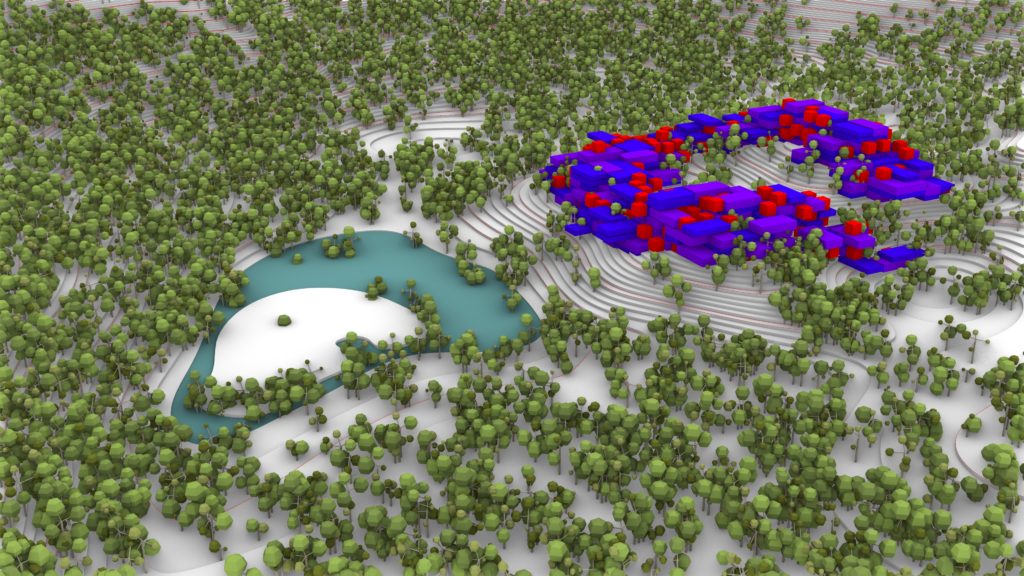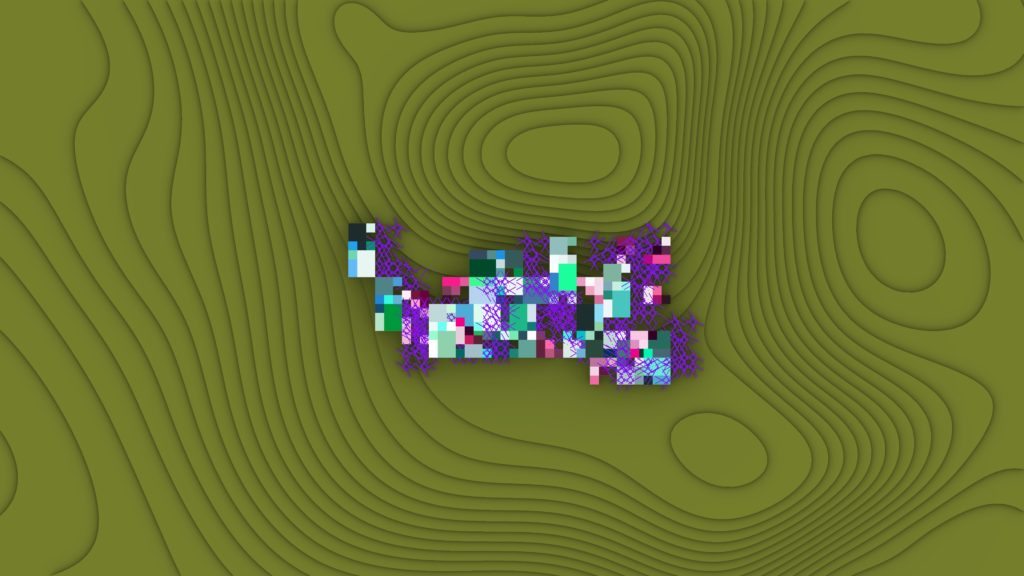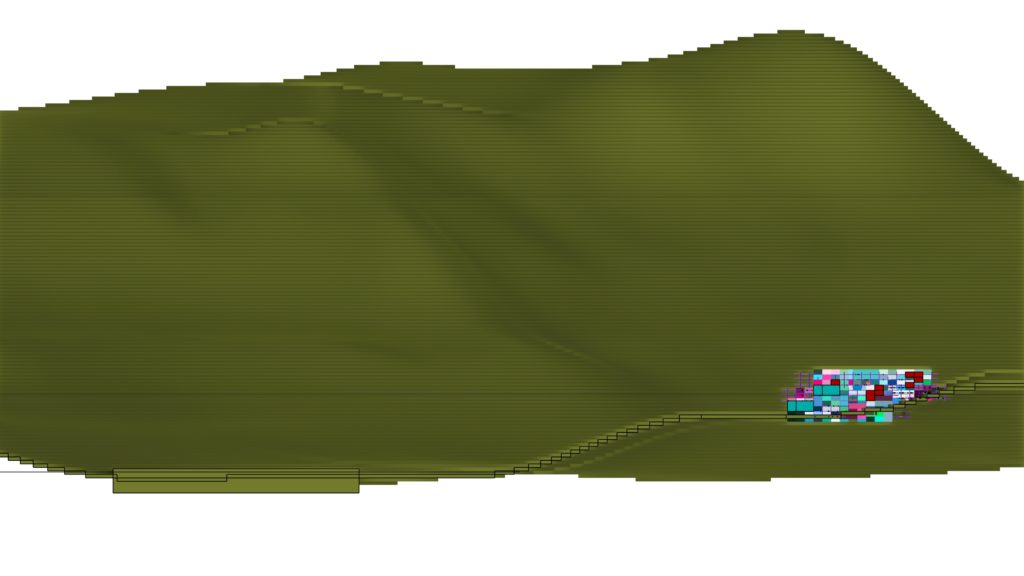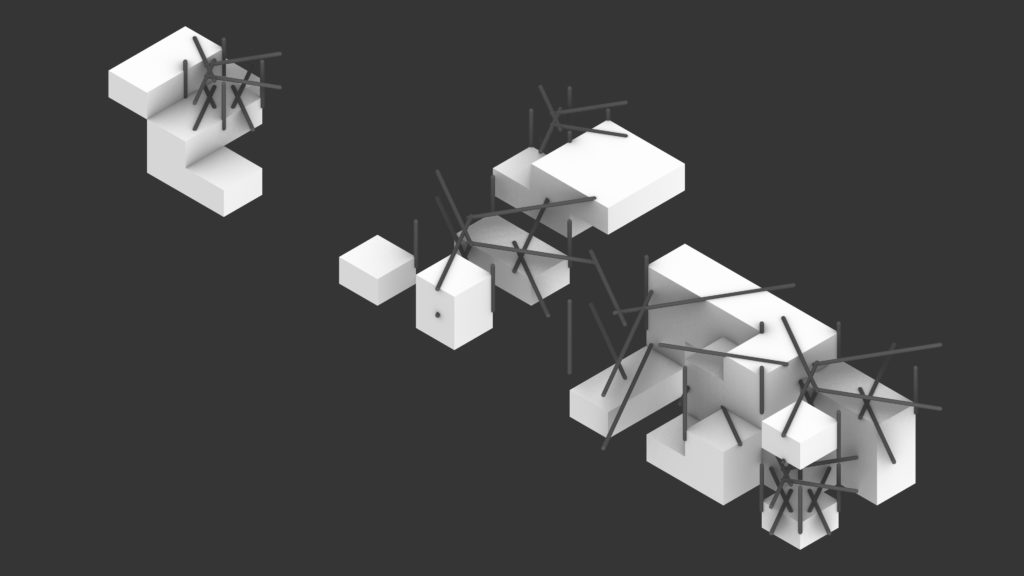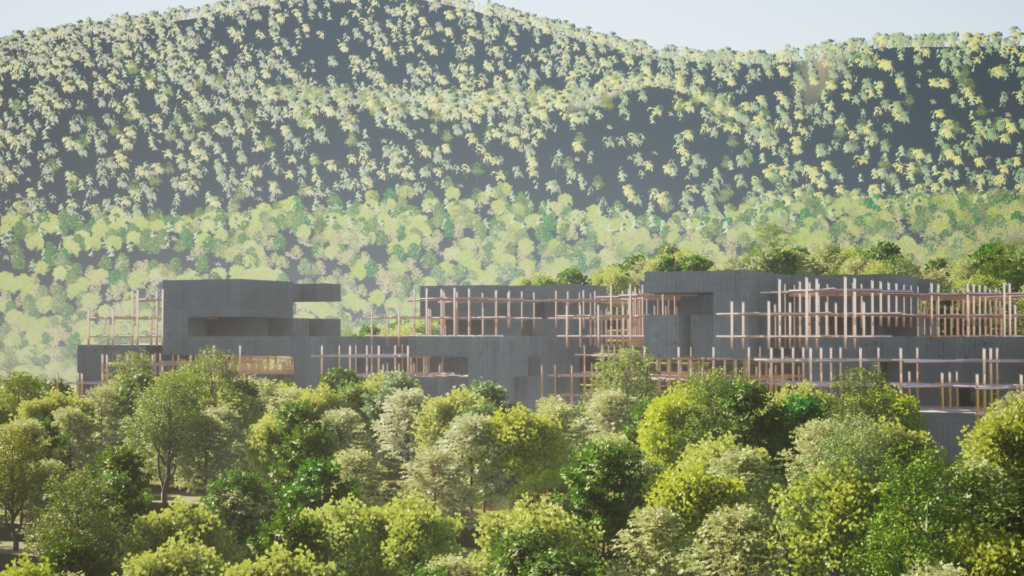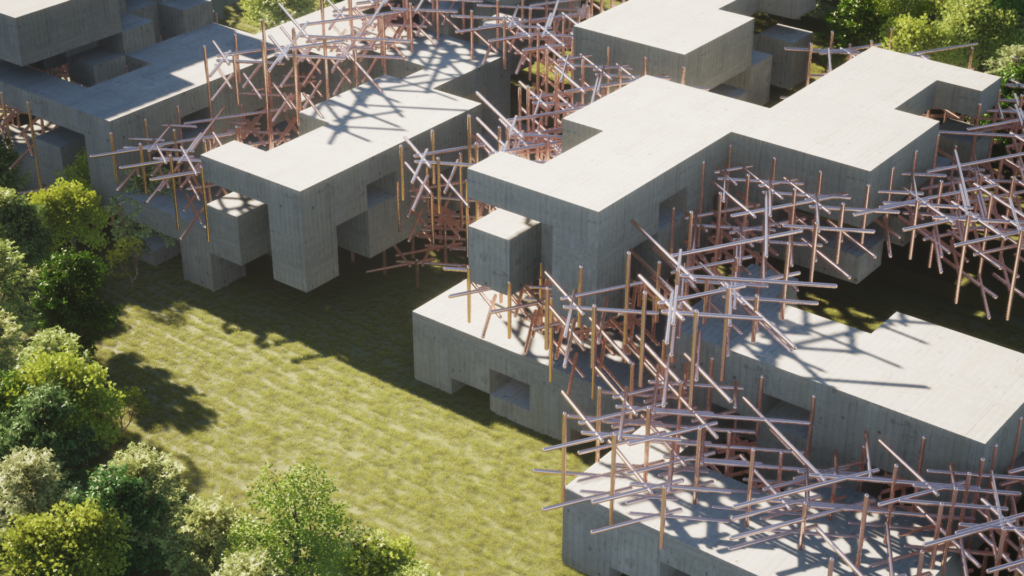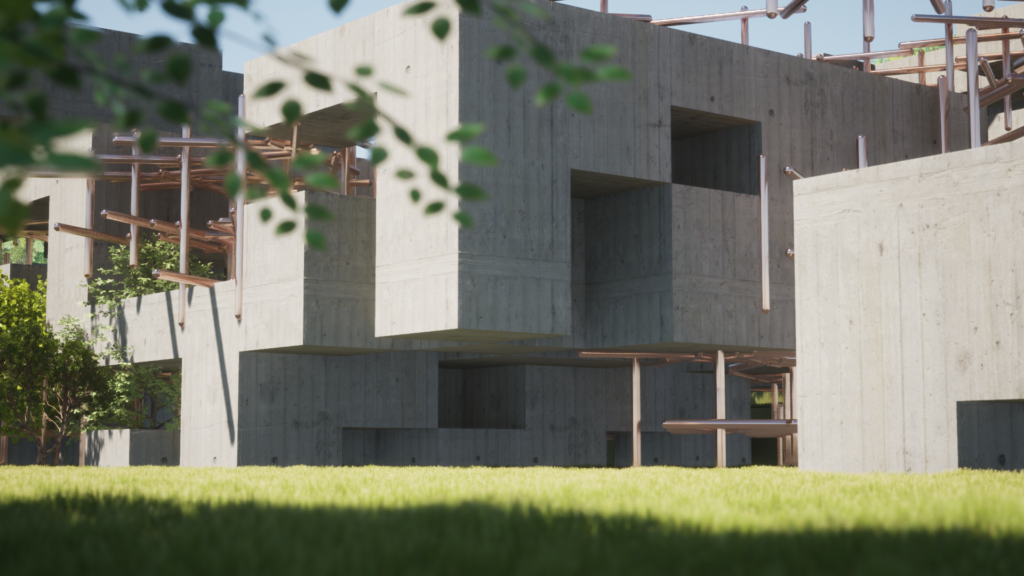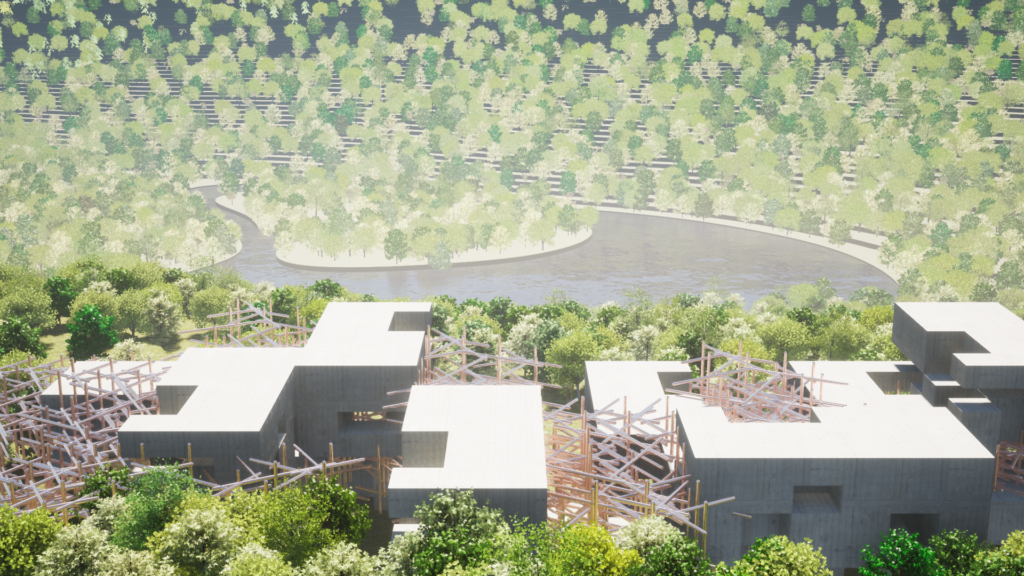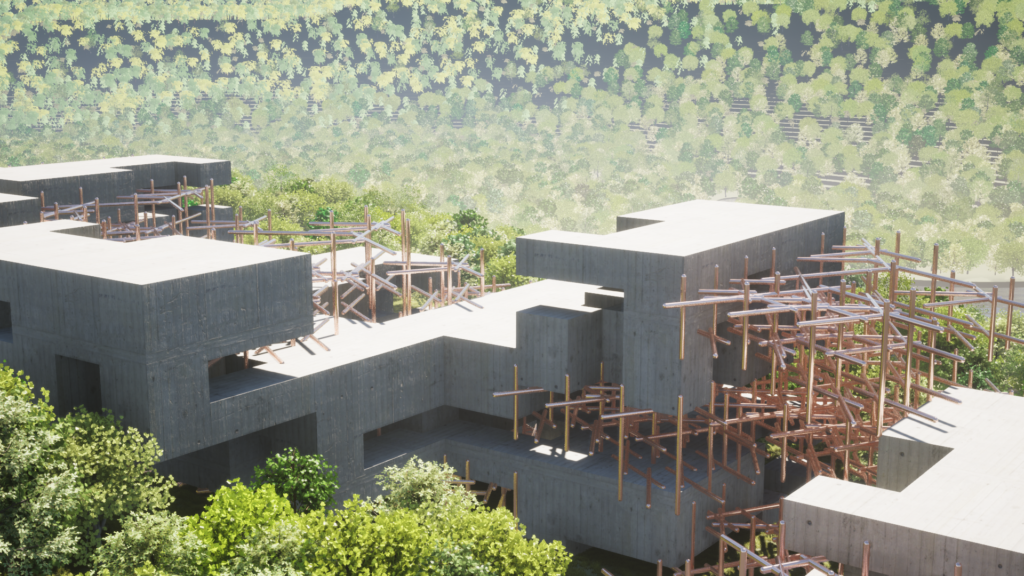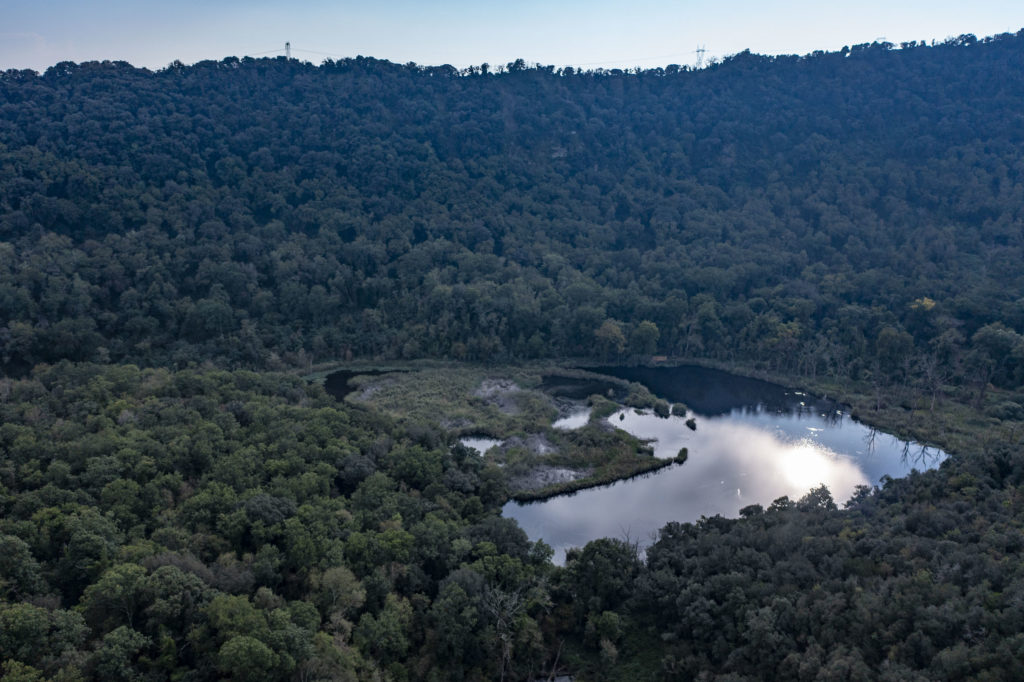Introduction
Wildlife awareness is an extremely relevant subject of study. Wild animals and forests form part of the vital natural resources of a country and as such, all the components of forests are categorized under Wildlife. From time immemorial forest resources have been a source of human sustenance. They are home to the most amazing herbs, medicinal compounds, natural cosmetics etc. Forests and wildlife go together since forests serve as a home for wildlife. Wildlife also figures prominently in Aboriginal art, legend, and ceremony. Seasonal migrations of wildlife species have communal and ritual values for people.
Wildlife education deals with many topics, including the protection of forests and farming of trees to ensure a contributing timber supply. Take care of forest resources by protecting them from fire, pests, disease, encroachment and indiscriminate felling of trees. Due to our dependence on forest and wildlife resources, biodiversity in any country should be taken seriously

Concept
At the beginning, the idea was to explore an element of connection between different components that were initially considered pixels in order to see what was possible. An analysis can be conducted in a formal manner by using pixels as a starting point, focusing on the following issues:
- Adaptability to different locations
- Creating a perspective on the immediate context.

Workflow
During the design process, the WASP discrete aggregation tool, which allows us to create connections between components, was the main driving force behind the process. Due to the concept of connecting “pixels” within this project, the resolution of the aggregations is able to be controlled in order to achieve the original objectives while also allowing for a more daring architectural proposal as a result of the connecting of pixels.
Site Analysis
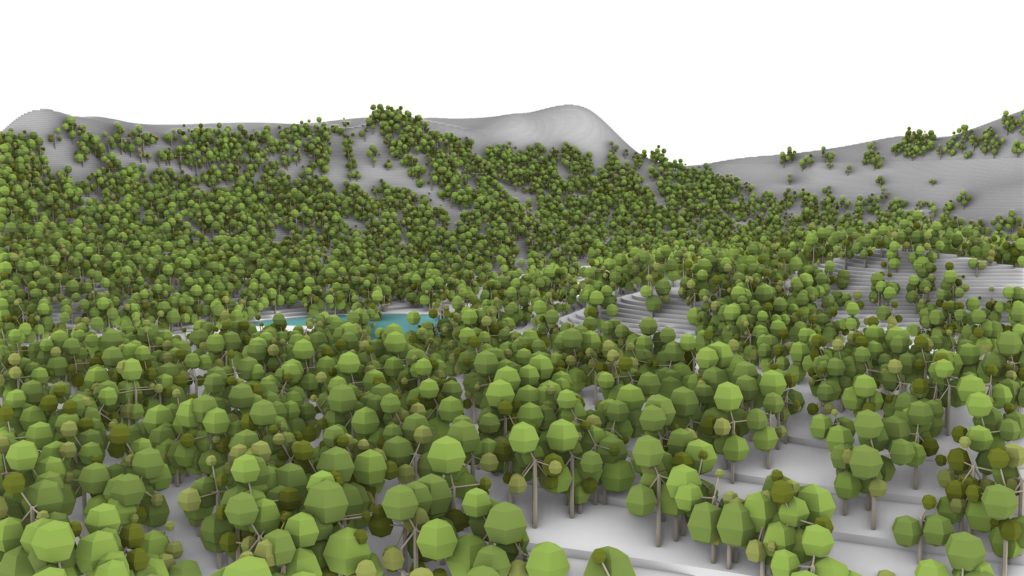
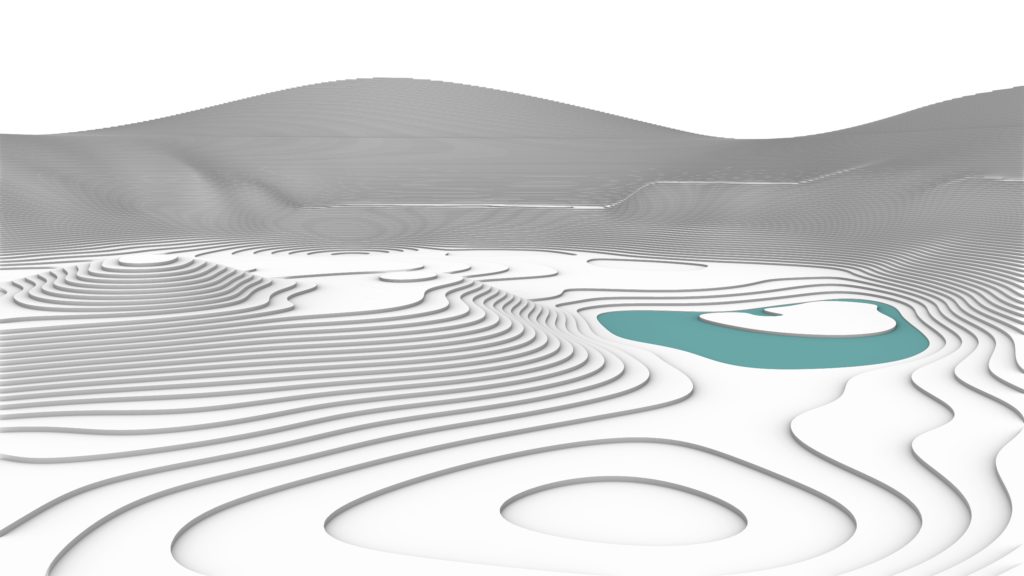
Project Development
